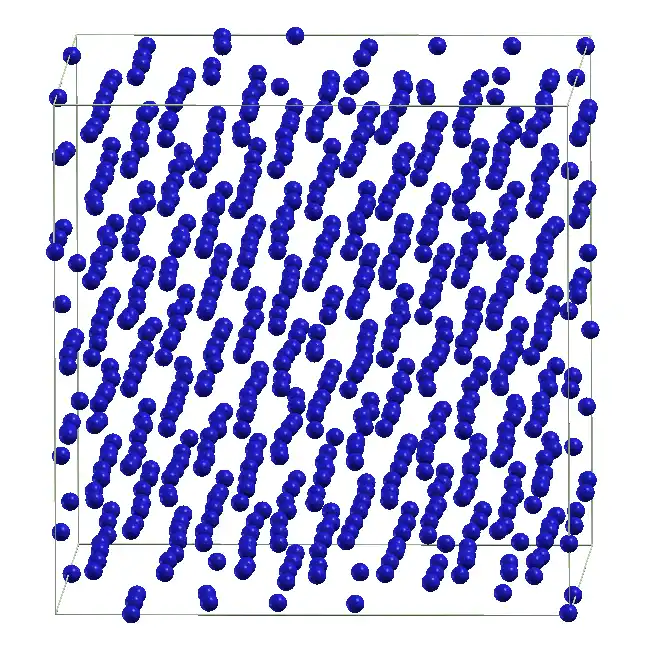افشین رشید
اُستادیار ؛ عضو هیات علمی دانشگاه آزاد اسلامی واحد علوم و تحقیقات تهران
615 یادداشت منتشر شدهA Network of Nanosensors Can Cover a Wider Area and Perform More Network Processing

Note: In addition, there are several nanosensor technologies that require the use of external excitation and measurement to work. Wireless communication between nanosensors and micro- and macro-devices can meet this need.
In the case of nanosensors, their measurement function requires them to be placed inside an environment of which they must measure parameters, and the area covered by a nanosensor is limited to its surroundings. However, a network of nanosensors can cover a wider area and perform more network processing . Molecular communication is the sending and receiving of information encoded in molecules , while electromagnetic communication is the sending and receiving of electromagnetic radiation from various nanodevices . Of these methods, molecular communication and electromagnetic communication are wireless methods. In the electromagnetic communication method, electromagnetic communication between nanosensors depends on the development and construction of two important parts, the nanoantenna and its corresponding transceiver . At nanoscale, graphene-based antennas are used to transmit EM waves. Graphene is a very thin single-atom sheet of confined carbon atoms arranged on a crystal lattice . Due to the very small dimensions of nanosensors, nanoantennas require very high operating frequencies to be usable. However, the use of graphene helps to solve this problem to a large extent.

Nanotechnology includes devices and instruments with one of their dimensions ranging from one to several hundred nanometers. Accordingly, if the antennas used in nano components are to be within this range, it should be expected that the electromagnetic waves used in the communications of these systems and devices will be around several tens of terahertz, which will include wavelengths in the infrared, visible, and ultraviolet regions.
Conclusion :
In addition, there are several nanosensor technologies that require the use of external excitation and measurement to operate. Wireless communication between nanosensors and micro- and macro-devices can fulfill this need.